.
When the days get longer in February, my fingers start to itch and I yearn to get them into the dirt. Alas, it’s still way too early to sow and plant outdoors. BUT: we can prepare for spring by seed-starting some of our vegetables indoors in February.
If you’re new to vegetable gardening, seed-starting may seem a bit daunting. After all, you can always buy seedlings at a nursery and plant those out in your garden at the right time. Seed-starting has, however, several advantages compared to buying plants.
First of all, it’s cheaper. A seed package of tomatoes containing 10 seeds costs about 3 € now. A tomato seedling, ready for planting will cost at least 4 – 5 € per plant. Last year, I cultivated about 40 tomato plants, which would have amounted to 160 – 200 €! Just for the tomatoes! My inner Ebenezer cringes at the thought…
Another advantage of seed-starting is the variety selection. Most of the tomatoes I cultivated last year wouldn’t have been available as seedlings. I love tomatoes and what’s more, I love to try different varieties. Every season, I buy 4 – 5 new tomato varieties that I haven’t cultivated before and seed-start them together with my favourite varieties. You won’t get that range in a nursery.
Last but not least, seed-starting gives you a head-start for spring as the vegetables (and varieties) you like are ready for transplanting when the time and temperature are right, shortening the time until harvest by several weeks.
February seed-starting: What to grow
Although the list is not as long as in March, there are some vegetables you can seed-start now. Let’s start with warm-season crops:
Tomatoes
Seed-starting tomatoes in February is discussed controversially. As usual, it depends on your climate zone and where you intend to transplant the tomatoes. Wanna plant them outside in the open but can’t do so before May? Then, February is too early to seed-start tomatoes. They would only become too long and leggy and would be too weak to hold themselves up by the time you can transplant them. Tomatoes for the outdoors shouldn’t be seed-started before mid-March.
However, if you have a greenhouse, things are looking different. As you can plant tomatoes in the greenhouse in April already, now is a good time to seed-start them indoors.
For a full guide on how to grow tomatoes, read this article.
Peppers and Chilis
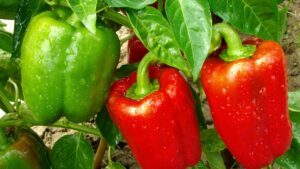
I’ve talked about those two already in the January post but if you haven’t found the time yet to seed-start them in January, you can still do so now in February.
Physalis
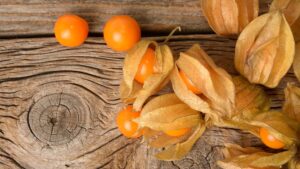
Seed-start physalis in January by sowing several seeds into one pot. Put the pot in a warm and bright spot. Temperatures about 25 °C (77°F) are ideal. Physalis grow slowly at the beginning and must be kept moist. Separate the plants when they are about three weeks old and plant them in single pots. Either plant physalis out after the last night frosts or separate them again and put them into large pots that you put outside.
Physalis are perennials and can be kept indoors during winter.
Eggplants
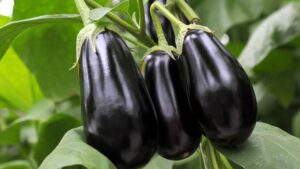
Eggplants also need some time to grow and mature so the end of January / beginning of February is a good time to sow them into small pots. When they’ve grown four leaves, transplant them separately into pots.
Artichokes
Put two to three artichoke seeds into a pot and repot them into separate pots when they’ve reached a good height. Artichokes usually build blossoms (that’s what we eat) in their second year, with a bit of luck and a good head start even in their first year.
Sweet potatoes
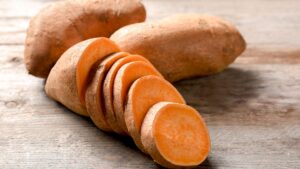
Cut sweet potatoes in halves or quarters and let the cutting areas dry for a few hours. Then, put the pieces with the cut end facing down into a pot or balcony box with soil so that only a centimetre (1/3 inch) looks out. Place the pot or box in a warm and sunny place. After some time, shoots will grow out of the sweet potatoes which we’ll cut off later and put into water for building roots.
Fennel
I must admit that I’m not good at cultivating fennel. I either get no or only a minuscule harvest. Nevertheless, I’ll try it again this year and although I’m not an expert with this vegetable I know that seed-starting fennel will make the plants healthier and sturdier before we transplant them outside in April / May.
All these warm-season crops need a temperature of about 25 °C (77 °F) to grow well. A sunny window and maybe a heating mat will help them to thrive.
The following vegetables are all cool-season crops that grow best at a temperature of 18 – 20 °C (65 – 68 °F).
Early brassicas
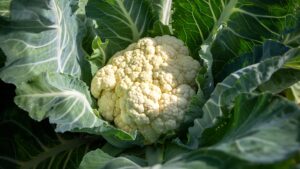
Brassica is the name for the cabbage family. In February, seed-starting may contain early varieties of
Broccoli
Cauliflower
Savoy cabbage
Red and White cabbage
Kohlrabi.
I usually sow one to two rows of seeds into a large plastic container filled with earth and transplant them later into single pots. Remember to label the rows with some kind of marker where you note the kind of vegetable and its variety. Yes, that’s absolutely necessary because no, you won’t be able to remember what’s where or deduce it from the leave shape. Been there, done it, definitely not recommendable.
Leafy greens
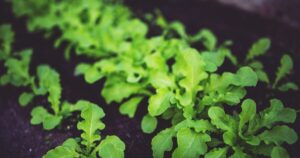
If not already done, seed-start leafy greens like
Winter lettuce
Iceberg lettuce
Swiss Chard
Arugula.
Sow the seeds into pots and separate the plants later by repotting them.
Onion family
Onions
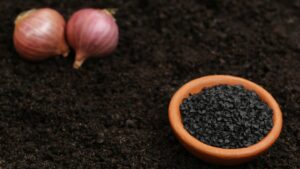
We’re talking of sowing onions here, not putting bulbs into the soil. Sowing onions may be more time-consuming than planting the bulbs but it shows advantages like healthier growth, more varieties and better storage capability. And it’s cheaper.
Sow the seeds into a tray or small single pots and place them in a bright spot at about 16 – 18 °C (60 – 65 °F) or colder (not below 10 °C / 50 °F).
Summer leak
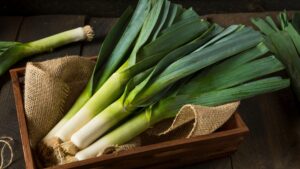
Summer leek, that’s harvested in July / August must be seed-started at the end of January / beginning of February. You can either sow the seeds in trays and transplant them later or you sow them into small single pots. Plant the leek outdoors when it’s about as thick as a pencil.
Root vegetables
Celery
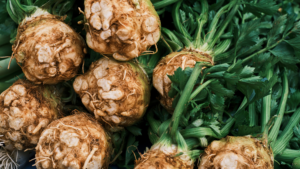
Celery needs a long time to grow those thick, bulbous roots and therefore profits from being seed-started in February. Keep in mind that celery only germinates in light which is why you shouldn’t cover the seeds with soil but only press them down lightly. Water the seeds very carefully and make sure that they aren’t washed off the soil.
Beetroot
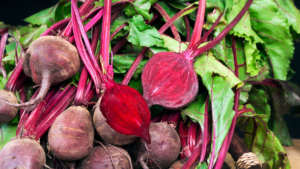
Beetroot is normally best sown directly into the patch but if you want to get a very early harvest and intend to put the plants out into a cold frame or a greenhouse, seed-starting now is a good idea.
Herbs
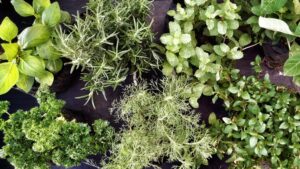
You can seed-start the following herbs indoors:
Basil
Parsley
Thyme
Sage
Garlic chive
Plant them outdoors after the last night frosts, parsley and garlic chive can be transplanted in April already.
Common February Seed Starting Challenges
There are a few challenges every gardener who seed-starts his vegetables indoors will know.
In February, the days are already longer but the natural light is still not enough for seedlings. For that reason, I always use a plant lamp which not only delivers enough light but also the “right” light.
Also, the air indoors is usually dry due to heating. To counter that, you can put bowls with water on the window sills. In the course of time and depending on your indoor temperature the water will evaporate and moisten the air. Additionally, make sure that your seedlings get enough water.
No matter how you heat your rooms, there is a natural temperature fluctuation indoors due to lower night temperatures and alternating day temperatures, especially when the sun is shining and heating up the temperature indoors.
To keep the soil and seedlings moist it’s best to cover them with a plastic lid which usually comes with seed-starting trays. If you use other pots you can also use cling film or any plastic cover actually that is transparent enough to let the light through. It’s important, however, to open the daily and check on your plants, making sure that the air can circulate and preventing the formation of mould or other fungal diseases.
Summary
As your seedlings thrive under grow lights, it’s time to look ahead to the bustling spring season. Your careful attention to indoor seed starting has given your garden a strong foundation, but the journey is just beginning. Keep monitoring your seedlings daily and adjusting care as they grow.
It’s so satisfying to see those first February seedlings transform into robust plants ready for the garden. That makes all the careful attention worthwhile! As spring approaches, you’ll be the envy of your neighbourhood with all those healthy, vigorous plants. And when later in summer you bite into your first homegrown tomato, you can say nonchalantly “I knew them when they were just seeds!”
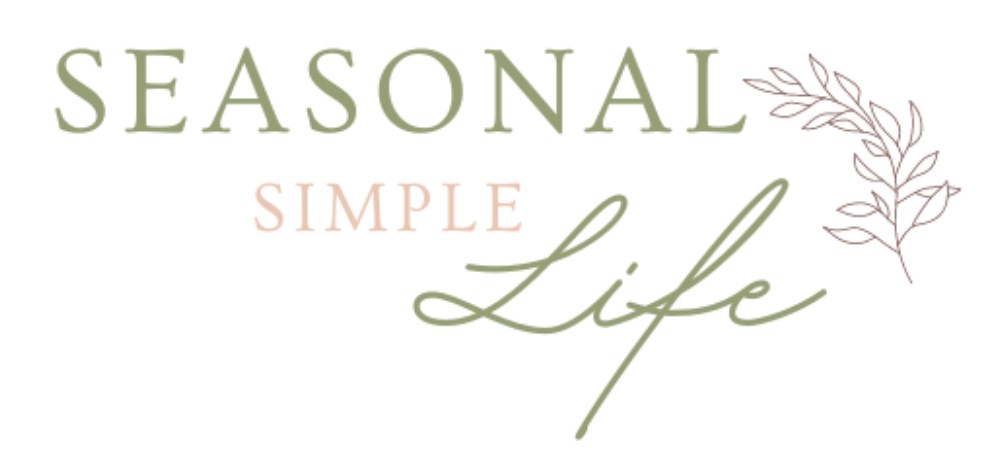
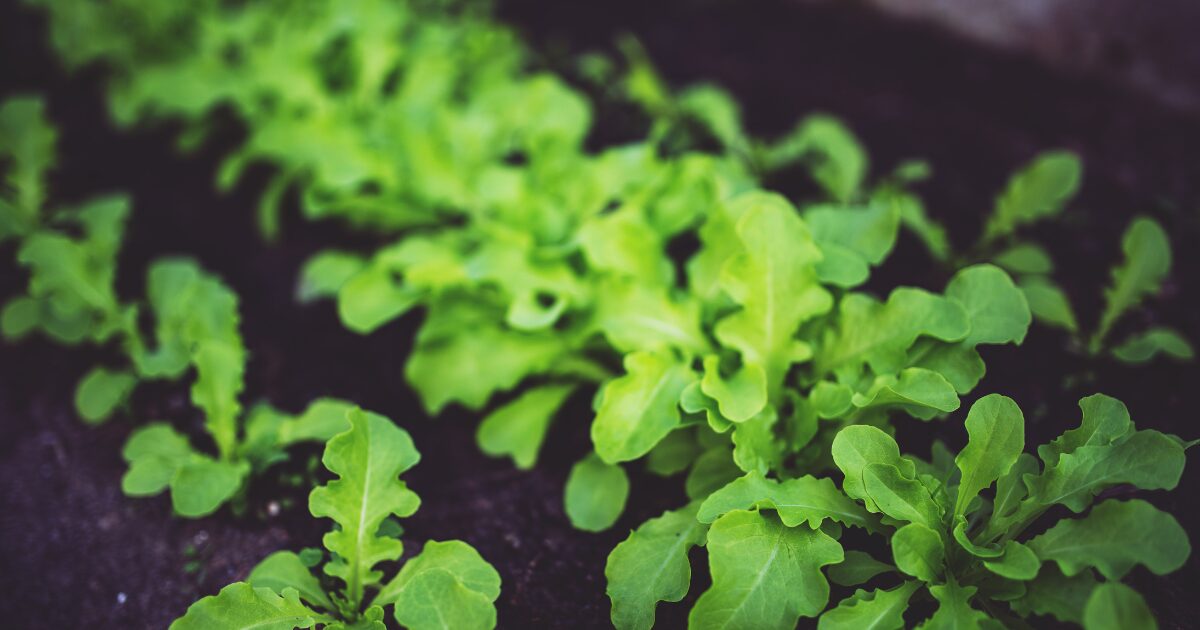
0 Comments